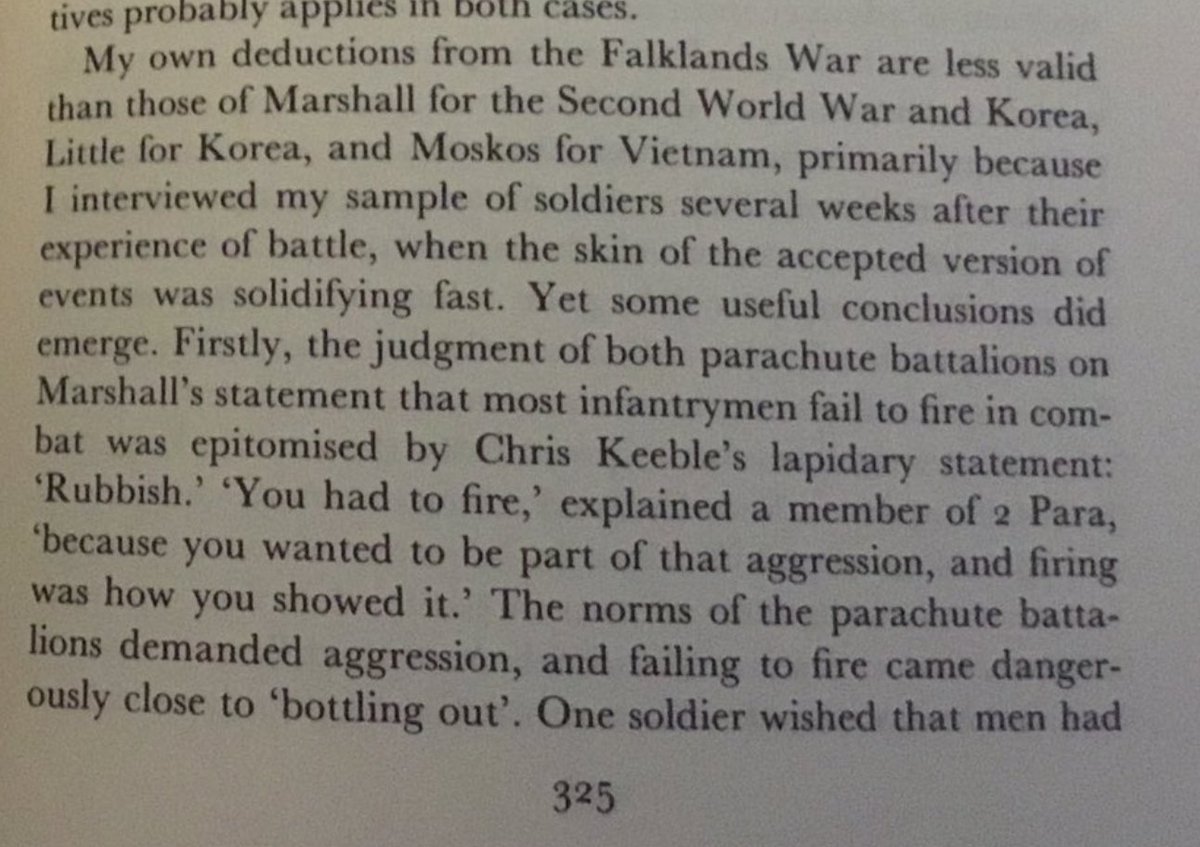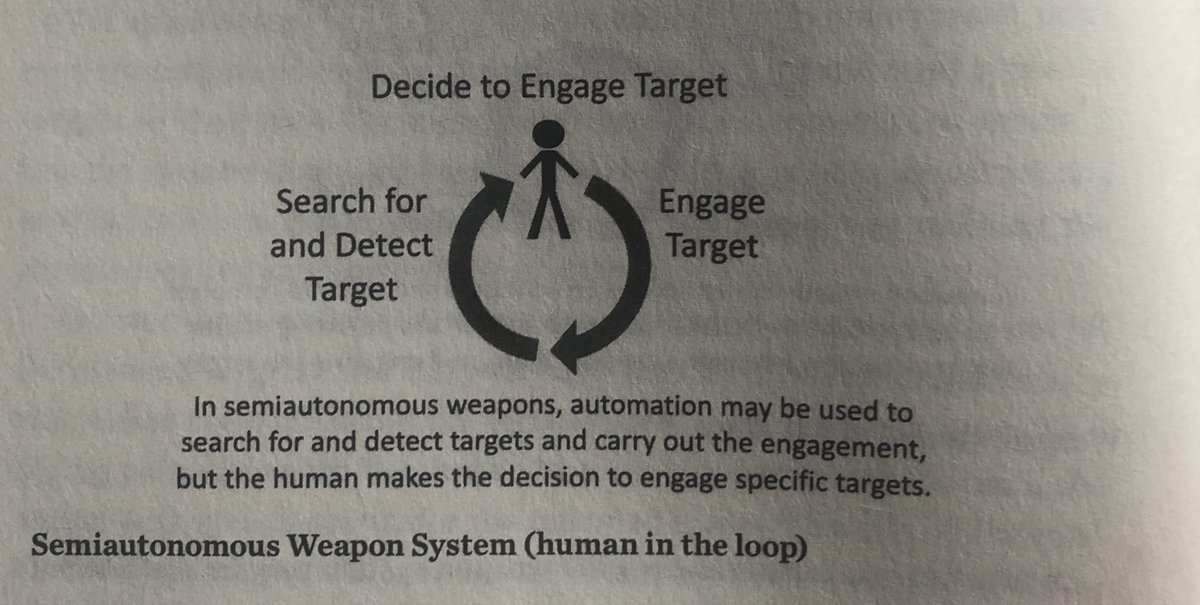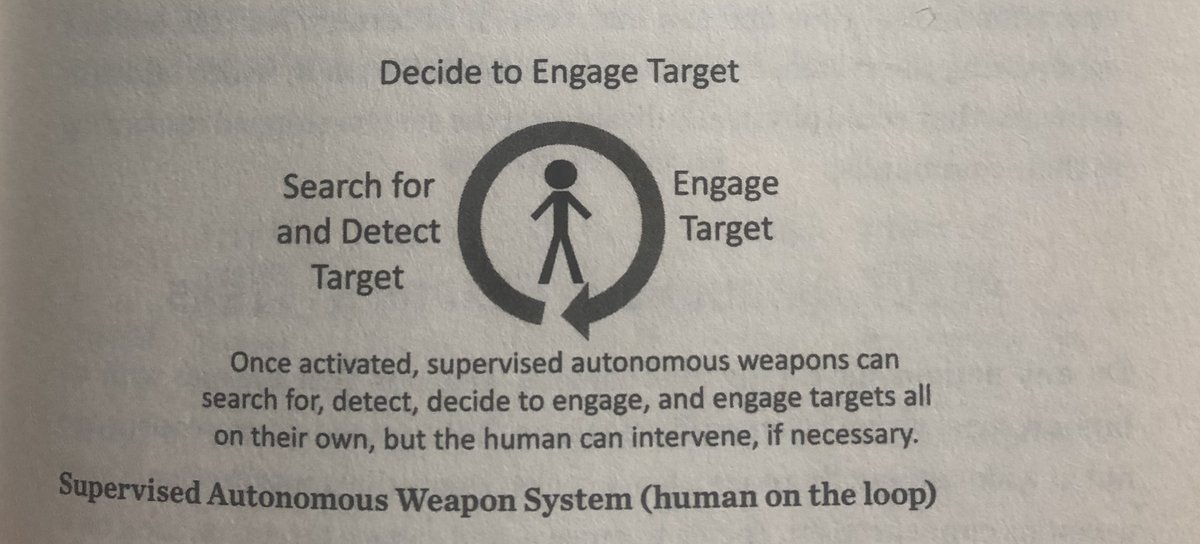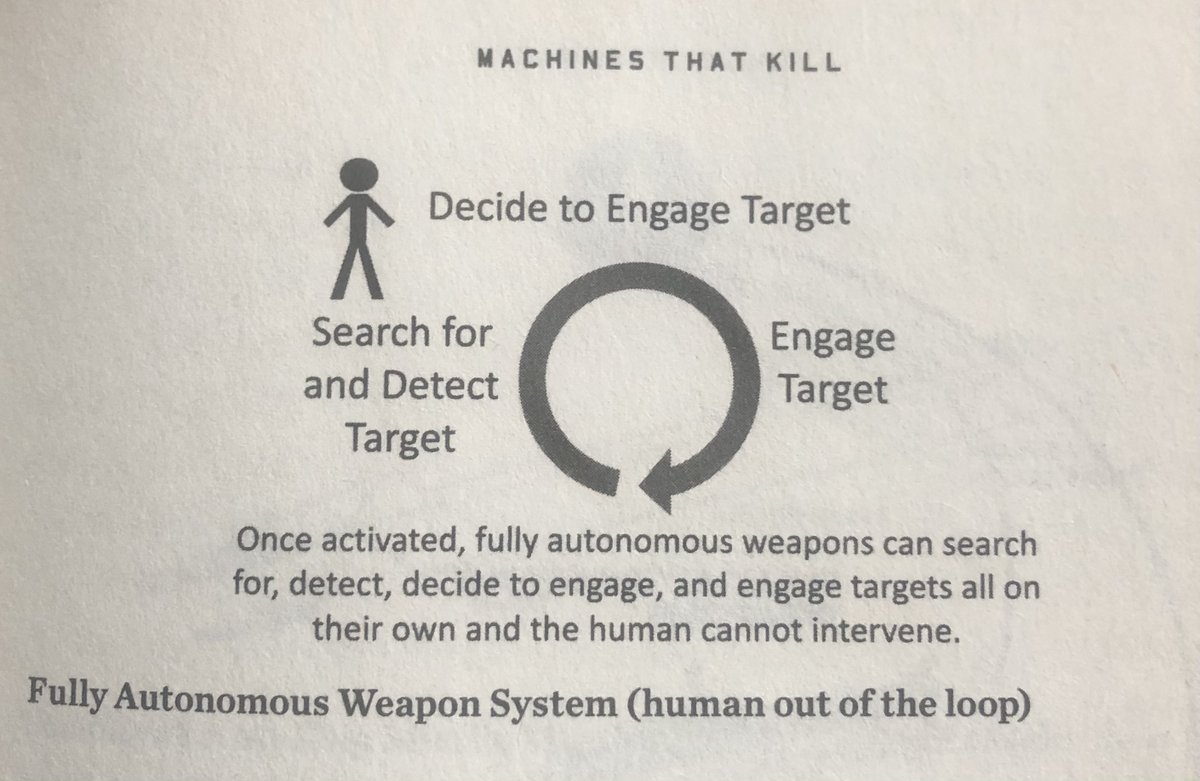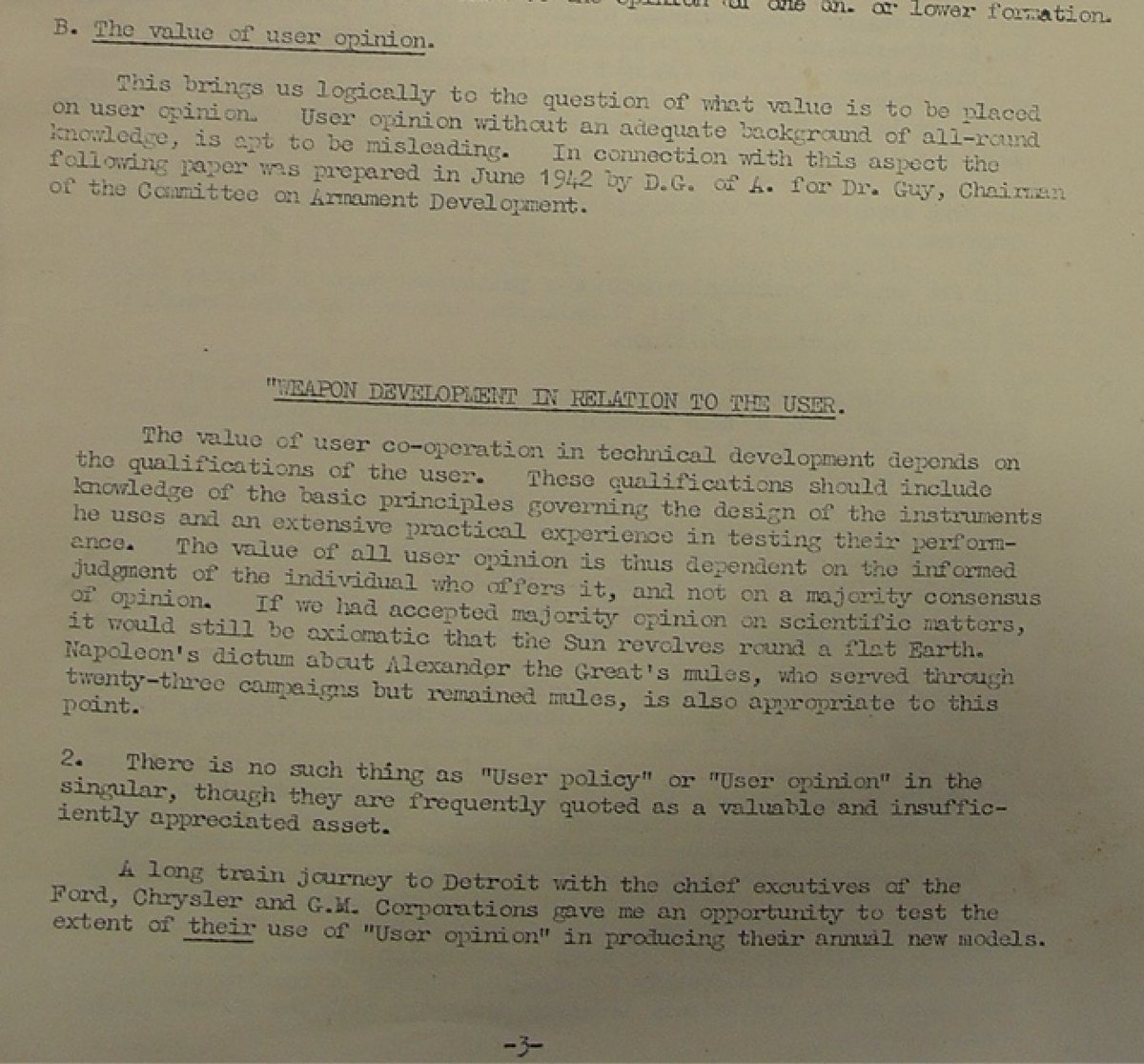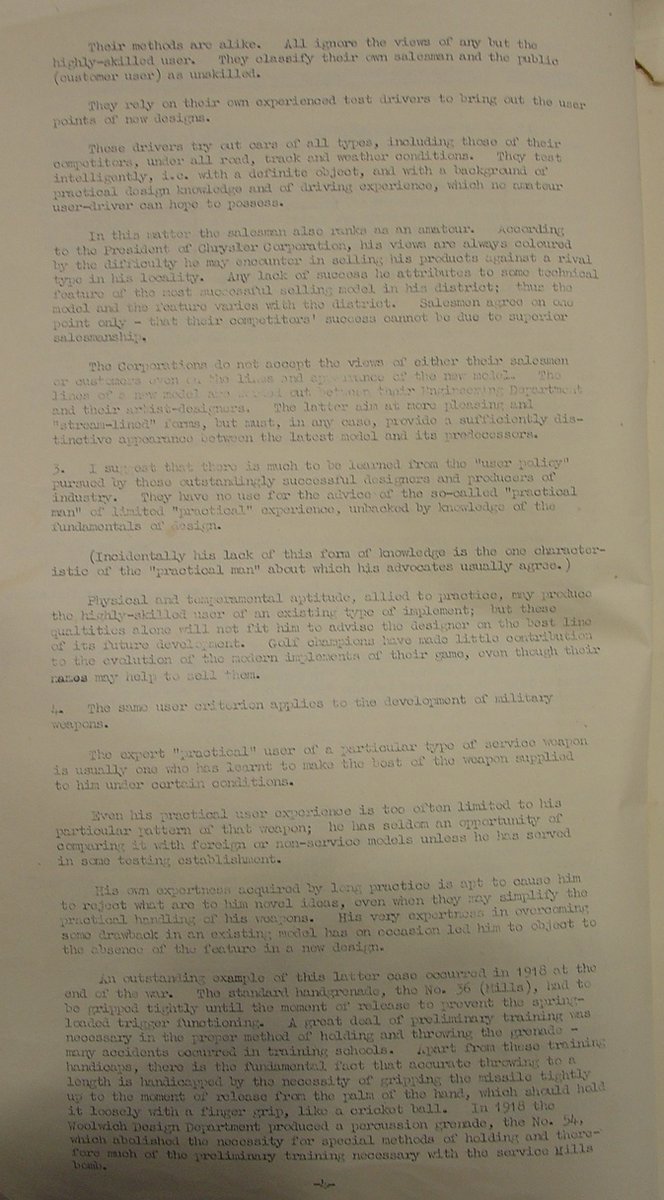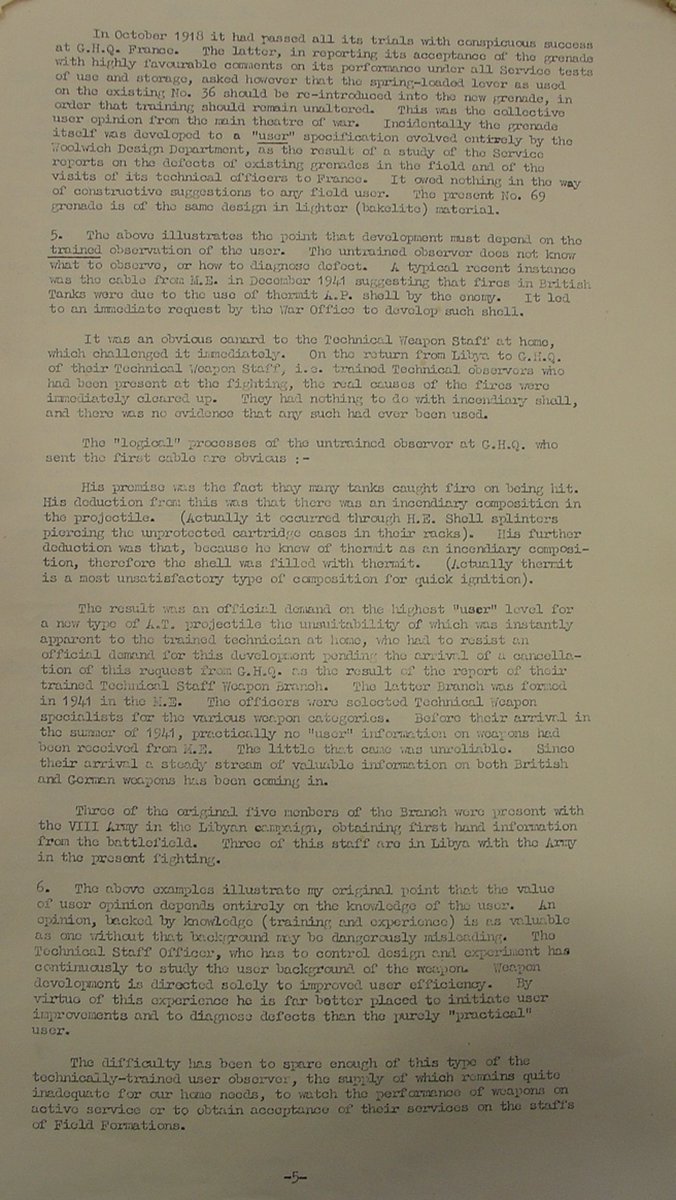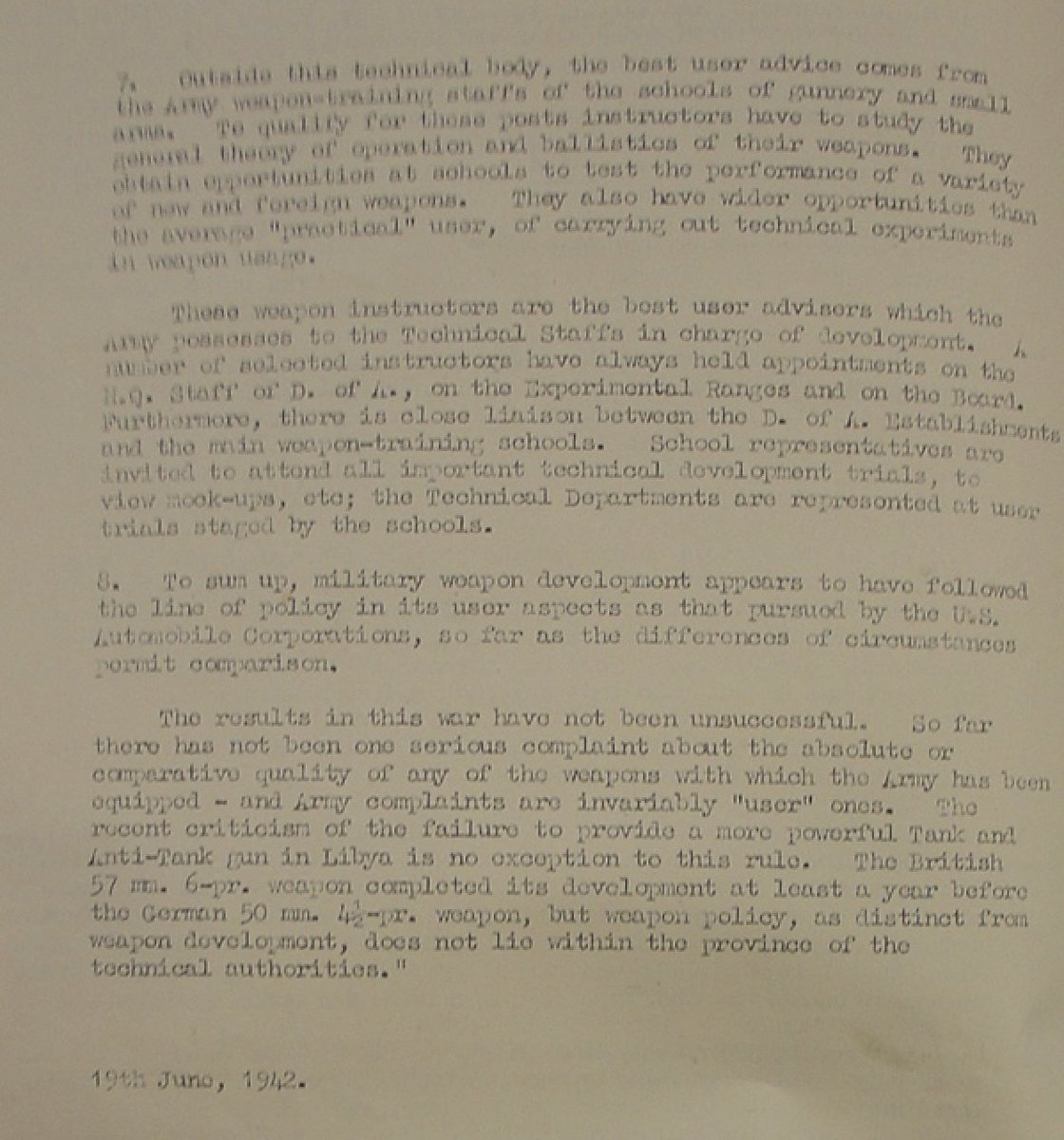A thread on S.L.A. Marshall & the Ratio of Fire.
Marshall is controversial.
His central claim is that only 25% of soldiers in the line fired their weapons.
Several military historians have disputed this.
My own views on Marshall are framed by my work on Small Arms.
1/
Marshall is controversial.
His central claim is that only 25% of soldiers in the line fired their weapons.
Several military historians have disputed this.
My own views on Marshall are framed by my work on Small Arms.
1/
If you've ever had anything to do with Knowledge Management then you'll know that Marshall gave us the After Action Review.
This method facilitated group discussion with a view to identifying what happened and how to do better.
It has shaped business & military practices.
2/
This method facilitated group discussion with a view to identifying what happened and how to do better.
It has shaped business & military practices.
2/
In Marshall's case this created a feedback loop between inputs and outputs in which the soldier's (& not just the commander's) experience was also put at the centre of winning the battle [more on tech & OODA loops later].
Source: Army of None @paul_scharre
3/
Source: Army of None @paul_scharre
3/
But the extent to which he systematically applied this new method has been repeatedly criticised.
By Roger Spiller here:
4/ https://www.tandfonline.com/doi/abs/10.1080/03071848808445332?journalCode=rusi20
By Roger Spiller here:
4/ https://www.tandfonline.com/doi/abs/10.1080/03071848808445332?journalCode=rusi20
By Harold P. “Bud” Leinbaugh here:
5/
https://www.americanheritage.com/secret-soldiers-who-didnt-shoot#1
5/
https://www.americanheritage.com/secret-soldiers-who-didnt-shoot#1
And by @RobertEngen here (& repeatedly over several volumes):
7a/ https://scholars.wlu.ca/cmh/vol20/iss4/4/
7a/ https://scholars.wlu.ca/cmh/vol20/iss4/4/
Obvs this Ratio of Fire claim is a hot button.
It implies something about the willingness of humans to kill.
For democrats it implies that humans are peace loving and have to be trained to overcome their willingness to take life.
8/
It implies something about the willingness of humans to kill.
For democrats it implies that humans are peace loving and have to be trained to overcome their willingness to take life.
8/
It implies that soldiers who do kill are warriors.
This in turn feeds discussions around military masculinities, martial cultures and unit cohesion.
Source: Richard Holmes Firing Line.
9/
This in turn feeds discussions around military masculinities, martial cultures and unit cohesion.
Source: Richard Holmes Firing Line.
9/
And it has inspired academics to investigate the pleasure that might be inspired in killing.
10/ https://www.amazon.co.uk/Intimate-History-Killing-Face-Face/dp/186207321X
10/ https://www.amazon.co.uk/Intimate-History-Killing-Face-Face/dp/186207321X
More recently, it inspired Lt Col. Grossman to develop training programmes designed to promote "killology".
The use of this training by US police forces was noted by several people commentating on the BLM protests last summer.
11/ https://twitter.com/ajsomerset/status/1270030906116505608?s=20
The use of this training by US police forces was noted by several people commentating on the BLM protests last summer.
11/ https://twitter.com/ajsomerset/status/1270030906116505608?s=20
What it fails to do, however, is foreground the socio-technical relationship between the soldier and their weapon.
For someone like me, who approaches this issue from the perspective of technology rather than (just) society, much of this is highly problematic.
12/
For someone like me, who approaches this issue from the perspective of technology rather than (just) society, much of this is highly problematic.
12/
Why is this a problem?
Because weapons are treated as independent variables rather than an essential feature of the human-machine assemblage (yes, I'm getting all Science & Technology Studies here).
I give an example of my thinking in this thread...
13/ https://twitter.com/warmatters/status/1343951172781154308?s=20
Because weapons are treated as independent variables rather than an essential feature of the human-machine assemblage (yes, I'm getting all Science & Technology Studies here).
I give an example of my thinking in this thread...
13/ https://twitter.com/warmatters/status/1343951172781154308?s=20
The result is a tendency to close down discussions that consider the features of the weapon and how this interfaces at a micro-level (& more widely as part of a weapon ecosystem) with the behaviours of the soldier.
14/
14/
And the result is a lot of commentary on Marshall that makes uncritical and poorly framed assumptions about the soldier and the engineering challenges posed by small arms.
15/
15/
In this respect, the first thing to note is that if soldiers do shoot then they rarely shoot straight.
@gravelbelly22 offers invaluable insights into this here:
https://twitter.com/warmatters/status/1344239274590404609?s=20
16/
@gravelbelly22 offers invaluable insights into this here:
https://twitter.com/warmatters/status/1344239274590404609?s=20
16/
This is a very nuanced socio-technical problem (& Martin explains it very well) but it is the "dirty secret" that engineers UNDERSTAND.
Weapon mindedness takes time & effort. Practical shooting over marksmanship is a difficult to acquire skill.
17/
Weapon mindedness takes time & effort. Practical shooting over marksmanship is a difficult to acquire skill.
17/
As an aside, I posed this point to CAP-GM & an officer in the Rifles in the Pillared Hall in MB in 2009 expecting that my provocation would result in my being thrown out.
To my surprise they bought me a coffee & pushed me to explain the history behind my assertion....
18/
To my surprise they bought me a coffee & pushed me to explain the history behind my assertion....
18/
Now of course training and handling can improve understanding.
But this takes effort and time is rarely available to learn and practice.
The question for engineers, then, is how to improve effectiveness if the soldier is the weakest link in the loop?
19/
But this takes effort and time is rarely available to learn and practice.
The question for engineers, then, is how to improve effectiveness if the soldier is the weakest link in the loop?
19/
The answer is to take the soldier out of the loop...
Because an engineer can design and build something that more systematically and reliably solves battlefied challenges than if commanders were to rely on soldiers alone.
Source: Army of None @paul_scharre
20/
Because an engineer can design and build something that more systematically and reliably solves battlefied challenges than if commanders were to rely on soldiers alone.
Source: Army of None @paul_scharre
20/
I am not claiming that taking the soldier out of the loop doesn't create different problems.
But for me, Marshall has had a huge influence.
I cannot tell you that his findings were accurate but he made it possible for engineers to put forward previously unacceptable ideas.
21/
But for me, Marshall has had a huge influence.
I cannot tell you that his findings were accurate but he made it possible for engineers to put forward previously unacceptable ideas.
21/
In this respect his thinking fundamentally shaped small arms development after the war because Marshall sloganised a problem engineers had already identified:
That soldiers are not always experts on the weapons they use
Source: MOD Pattern Room 200 Small Arms General Box 1
22/
That soldiers are not always experts on the weapons they use
Source: MOD Pattern Room 200 Small Arms General Box 1
22/
So do we think Marshall was right or wrong?

 Read on Twitter
Read on Twitter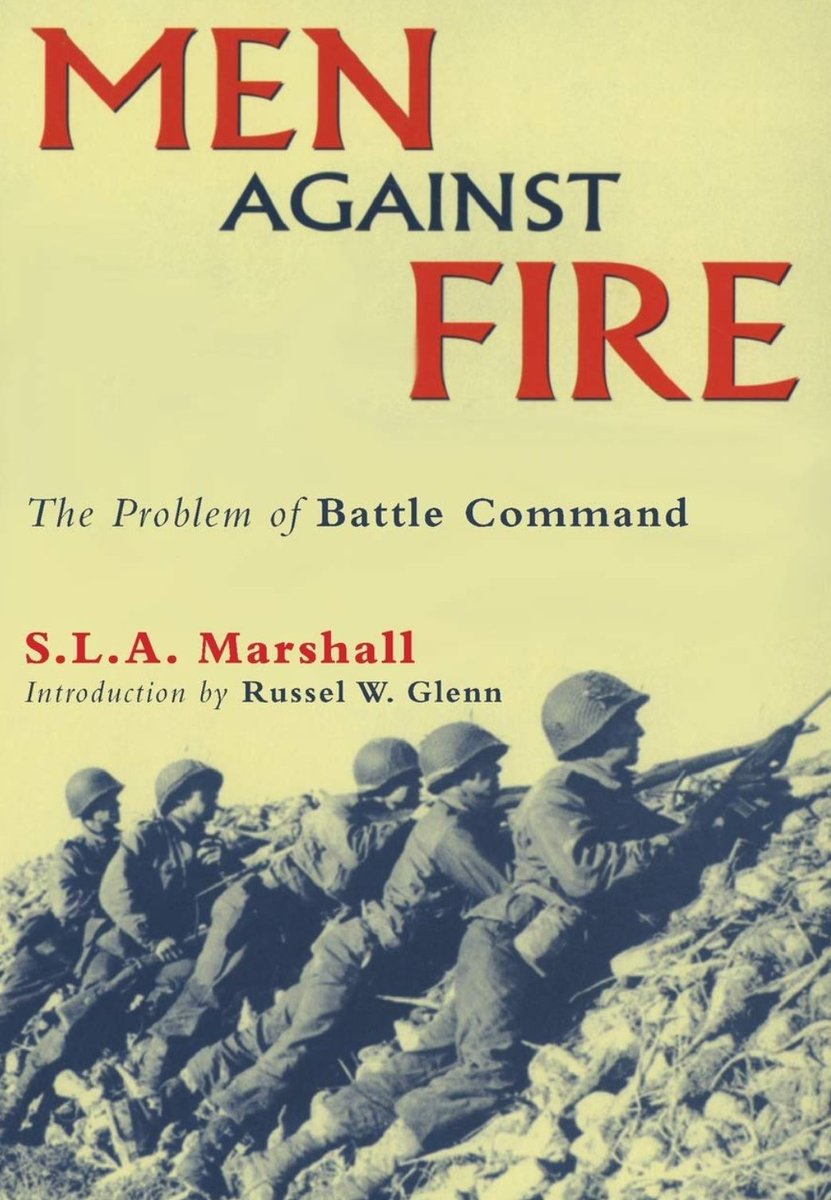
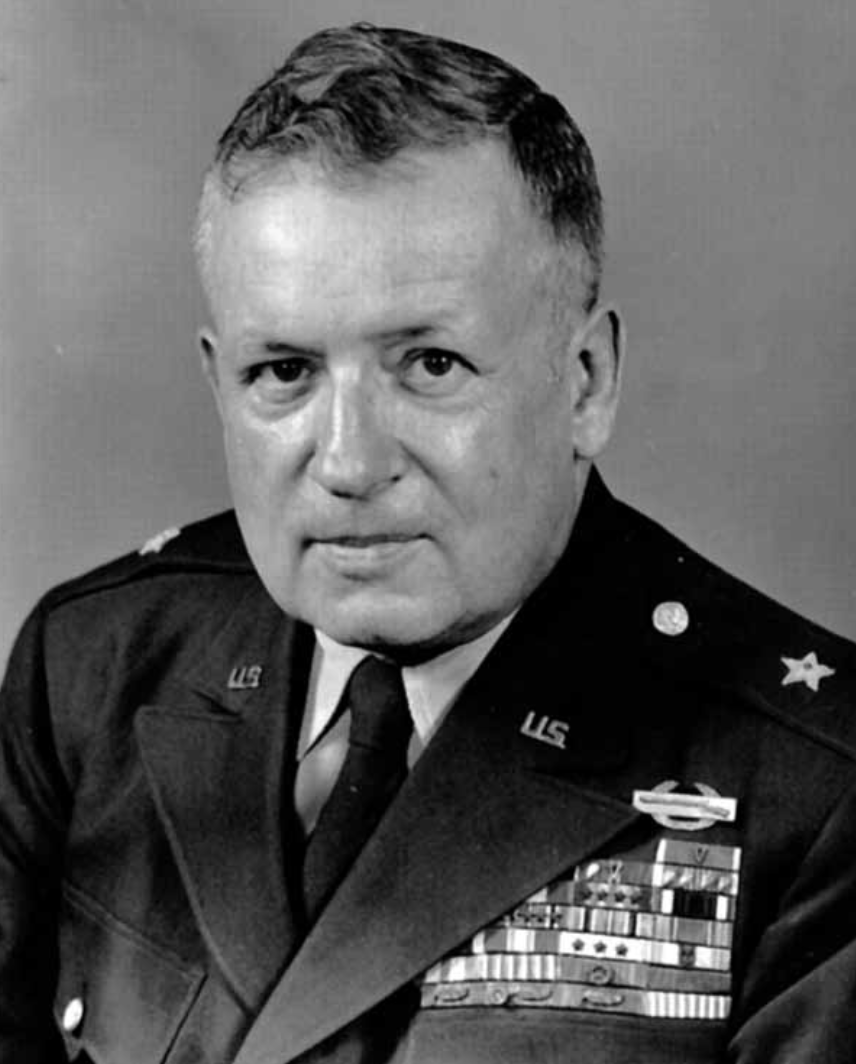
![In Marshall's case this created a feedback loop between inputs and outputs in which the soldier's (& not just the commander's) experience was also put at the centre of winning the battle [more on tech & OODA loops later].Source: Army of None @paul_scharre 3/ In Marshall's case this created a feedback loop between inputs and outputs in which the soldier's (& not just the commander's) experience was also put at the centre of winning the battle [more on tech & OODA loops later].Source: Army of None @paul_scharre 3/](https://pbs.twimg.com/media/ErsgA25XEAMNPDl.jpg)
